When Donald Trump introduced the $5 million “Gold Card” visa, the announcement was met with both applause and outrage. Now, the U.S. government has revealed just how massive the financial gains are—and it’s turning heads across the country.
Within a single day, 1,000 Gold Cards were sold, pulling in an eye-watering $5 billion. And that’s before the full application system has even gone live. Let that sink in.
Is this a smart way to boost the economy—or a bold move that sells American citizenship to the highest bidder? Let’s break it all down.
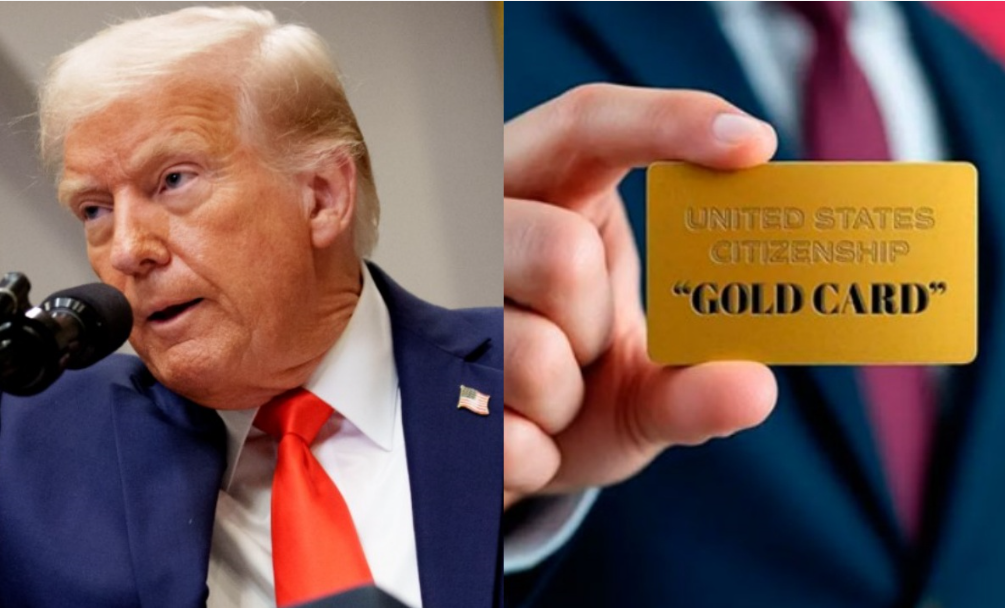
What Is the Gold Card Visa, and Why Is It Different?
The Gold Card is Trump’s ultra-premium upgrade to the classic green card. Designed specifically for wealthy immigrants, it promises a fast-track path to U.S. citizenship—for a price. And not just any price. A cool $5 million.
Unlike the EB-5 visa, which required far less investment and had long wait times, the Gold Card skips the red tape for anyone with the cash. Its purpose? Bring in affluent individuals who can make significant investments, create jobs, and boost the American economy.
It’s simple: Pay up, move in, start living the American dream—if you can afford the ticket.
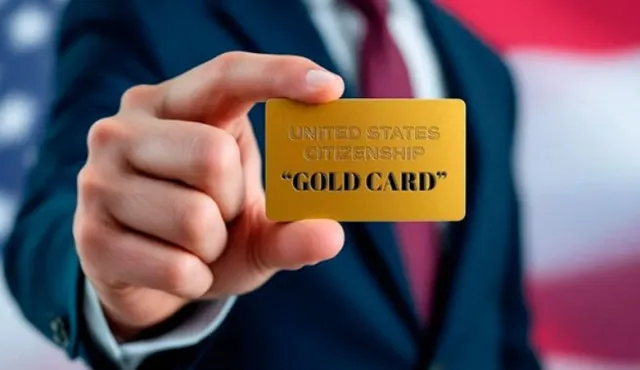
Staggering Sales Before Official Launch
Commerce Secretary Howard Lutnick shocked everyone when he revealed the initial sales numbers. 1,000 visas sold in one day. That’s $5 billion in revenue, with zero ad campaigns and no official rollout yet.
Even more startling? Analysts estimate that over 37 million people worldwide have the financial means to purchase a Gold Card. The Trump team believes that if they can sell even a million visas, the U.S. could rake in $5 trillion—an amount that could meaningfully reduce the $36.2 trillion national debt.
Trump’s administration is positioning this as a high-yield solution to financial problems, skipping traditional immigration hurdles and jumping straight to the bank vault.
Video: Trump’s $5 Million ‘Gold Card’ Visa: A Game-Changer Or A Flop?
Critics Call It ‘Buying America’
But not everyone’s cheering.
Many critics argue that this program is ethically shaky. Should citizenship be for sale? Doesn’t this contradict the core principles of fairness and equality in the immigration system?
The idea that someone with enough wealth can essentially purchase a U.S. passport rubs people the wrong way—especially those waiting years (or even decades) to earn citizenship the traditional way.
One concerned user commented, “Truly selling the country.” Another said, “Smart guy. First throw them out, then let them in again, but then they have to pay.”
It’s a sentiment that resonates with a lot of people. Is this about creating opportunity—or creating inequality?
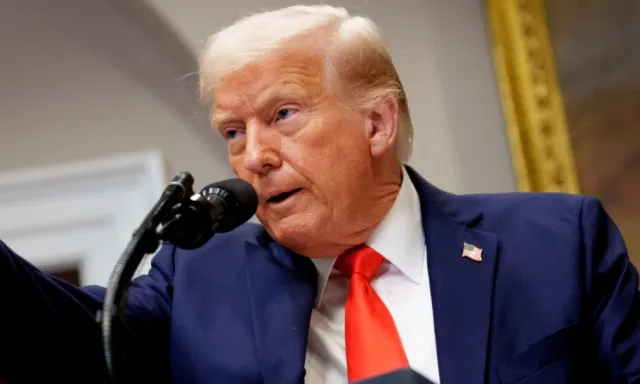
Supporters Say It’s Good Business
On the flip side, Gold Card defenders see this as a strategic move to attract top global investors who can inject billions into the American economy. These individuals won’t just live here—they’ll launch businesses, build industries, and create jobs.
To them, it’s not about “selling out”—it’s about smart economics. Let the rich bring their money, and let America reap the benefits.
Some even argue that the U.S. has long been behind countries like Canada, Australia, and the U.K., which already have investor visa programs. In that sense, the Gold Card is just playing catch-up—with higher stakes.
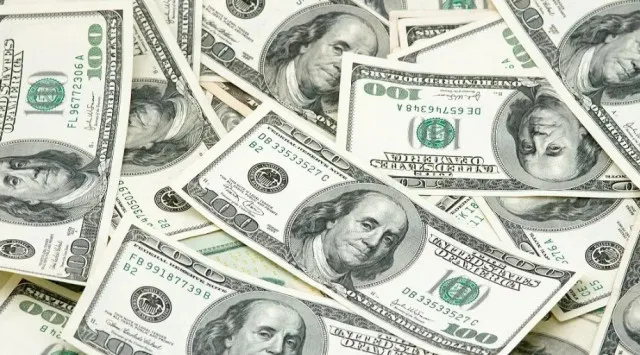
Elon Musk and the Tech Behind the Gold Card
Interestingly, Elon Musk has been tasked with building the software that will support the application process. Trump has said that the system could launch in as little as two weeks.
That tech boost could give the Gold Card a smoother rollout and allow it to scale quickly. Applicants will need to go through a security check, of course, but the process will likely be faster, more efficient, and investor-friendly.
Once approved, Gold Card holders will be allowed to live and work in the U.S. indefinitely, and may eventually apply for citizenship.
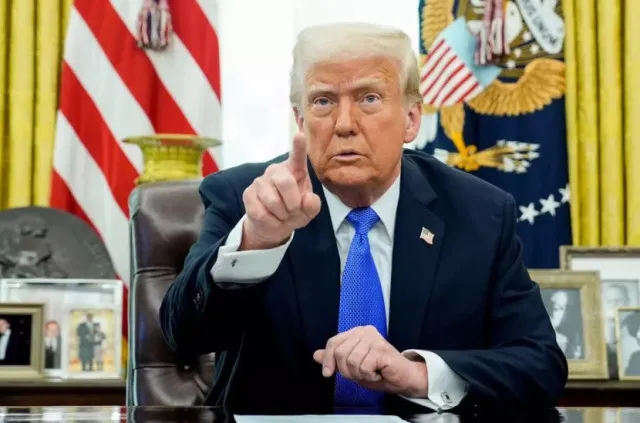
But There’s a Catch: Stay in Line or Lose It
Trump made it clear that holding a Gold Card comes with responsibilities. If cardholders break U.S. laws or engage in criminal behavior, they could lose their visa—and their right to remain in the country.
That safeguard is meant to ease fears that the U.S. could be letting in “anyone with money,” regardless of their background. National security still plays a role, even if the program feels more like a business deal than a government process.
Still, some critics worry about unintended consequences. As one user commented, “Imagine—if 1 million of 37 million green card holders can buy guns and rockets to form battalions in the U.S.”
While extreme, comments like these show how deep the concerns run.
Video: Trump on selling $5 million ‘gold cards’ as a path to U.S. citizenship
Trump’s Vision: The ‘Trump Card’
In true Trump fashion, the former president hinted at renaming the Gold Card to something more personal—the Trump Card. Why? Because branding matters, and Trump knows how to sell a name.
He also emphasized that this program does not require Congressional approval. That alone gives it an edge, allowing for quicker implementation without being tied up in red tape or political battles.
For Trump, this is more than an immigration policy—it’s an investment strategy. And with billions already rolling in, it’s a strategy that seems to be working.
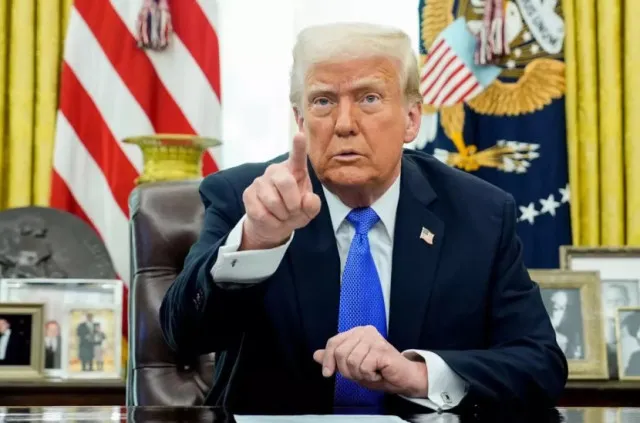
Conclusion: A Nation for Sale or a Smart Investment?
The $5 million Gold Card program is bold, controversial, and undeniably lucrative. With billions in revenue already pouring in, the U.S. government has revealed just how much wealth this policy could generate.
But the program also raises tough questions: Are we putting a price tag on the American dream? Are we favoring the ultra-rich at the expense of everyday immigrants?
Whether you view it as visionary or troubling, one thing is clear: Trump’s Gold Card is making waves—and money.
And as applications gear up to launch, this may just be the start of a new era in U.S. immigration—where cash might just be the new key to the country.